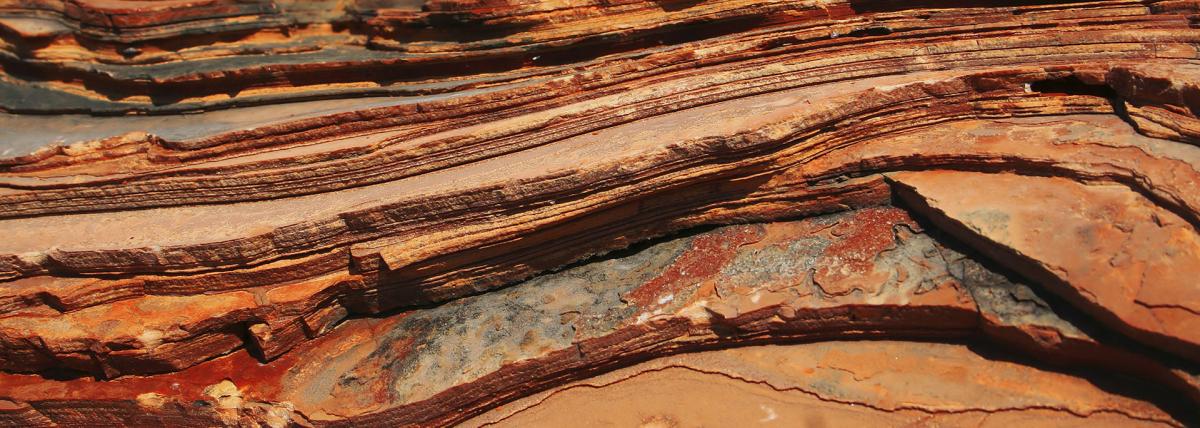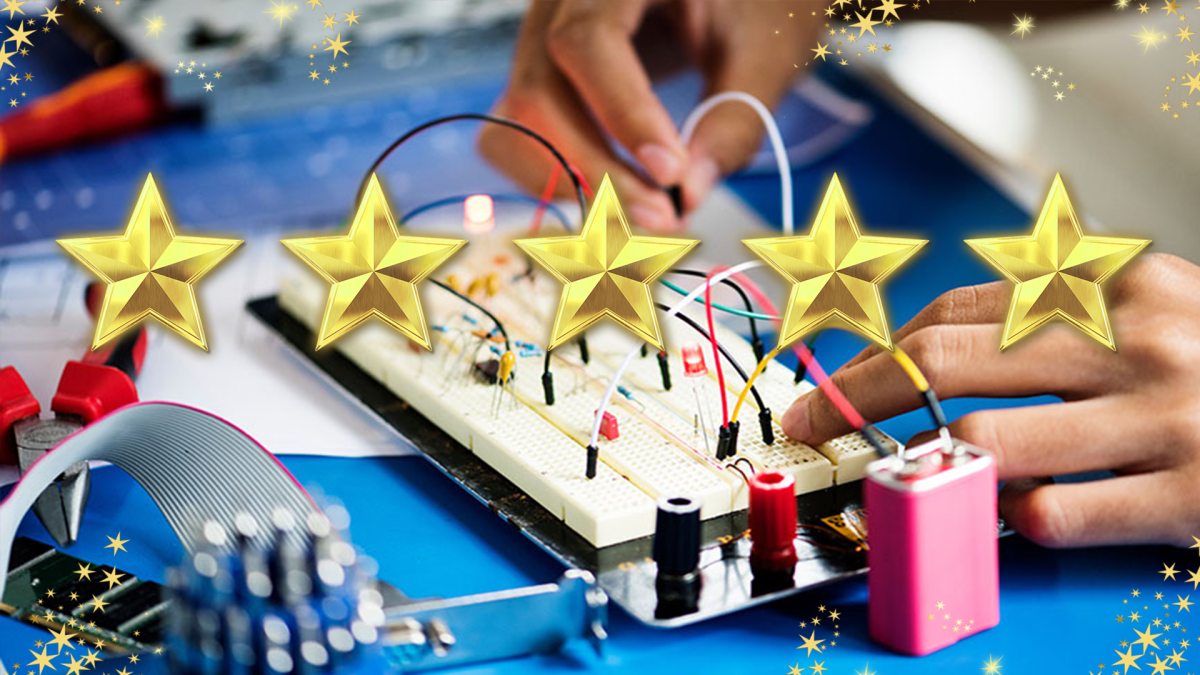Grades:
Kindergarten, 1st Grade, 2nd Grade, 3rd Grade, 4th Grade, 5th Grade, 6th Grade, 7th Grade, 8th Grade, 9th Grade, 10th Grade, 11th Grade, 12th Grade
Button makers are great additions in the classroom! But first, students should learn the history of buttons, about the button machine and how to operate it. Challenge cards provided inspire students
Grades:
3rd Grade, 4th Grade, 5th Grade, 6th Grade
In this lesson students combine science and math standards to explore the animal adaptation: camouflage. Students engage in discussion, watch a video, complete a hands-on activity, fill out a table
Grades:
Kindergarten, 1st Grade, 2nd Grade, 3rd Grade
Students will learn about the engineering design process by working in small groups to identify a problem, then design and create a solution, inspired by the main character's creativity and problem
Grades:
5th Grade
Students will observe different changes in food and through research determine if the changes are physical or chemical in nature. The students will be able to determine the type of change taking place
Grades:
8th Grade
Students will explore the separation method of liquid chromatography by analyzing the types of dyes in marker brands. They will then get the opportunity to calculate the change in dye placement and
Grades:
9th Grade, 10th Grade, 11th Grade, 12th Grade
In this real-world STEM lesson, students take on the role of product planners at Apple to determine the optimal production mix of iPhone 16 colors that maximize profit while considering demand
Grades:
Kindergarten, 1st Grade
This lesson is intended to teach students where seeds come from to grow fruits and vegetables. Students will participate in a seed investigation by reading a story and then finding seeds in various
Grades:
3rd Grade, 4th Grade, 5th Grade
This lesson encourages students to use their imagination, design and construct something out of cardboard and other recyclables if you choose. Students will first be inspired by reading Pete the Cat’s
Grades:
3rd Grade
This lesson incorporates a paired reading of Healer of the Water Monster by Brian Young. Students will engage in this lesson after reading the book which makes connections of the dangers and aftermath
Grades:
Kindergarten, 1st Grade, 2nd Grade
Teachers don't talk trash, they talk COMPOST!! Compost is the best way to teach students the value of community as they create a Classroom Compost Program. In this 3-day introductory lesson, students
Grades:
6th Grade
In this series of lessons, students will be doing a hands-on investigation of 3D shapes and their nets, discovering Euler's formula for 3D shapes, and building both an icosahedron and a geodesic dome.
Grades:
10th Grade
Students will learn about the concept of ratios and their applications in cooking and baking. They will create simple recipes, formulate questions based on these recipes, and engage in activities to
Grades:
2nd Grade
This is a week long review activity to be done outdoors on student devices. Students will complete physical/ outdoor activities and see how math fits into their daily life. This is meant to be done in
Grades:
6th Grade, 7th Grade, 8th Grade
In this project, students practice using scale by designing and crafting items for a model bedroom using a 1:12 scale ratio. They learn how to accurately shrink real-world dimensions down to miniature
Grades:
2nd Grade, 3rd Grade, 4th Grade
Students learn about the gila woodpecker as well as the 5 S's of birdwatching. Students then make observations of birds in their schoolyard, summarize the findings on a graph and slideshow, and design
Grades:
7th Grade
In this lesson students will learn about Frank Lloyd Wright's concept for Broadacre City and then create their own acre plot of land and home facade according to Frank Lloyd Wright's idea.
Grades:
6th Grade, 7th Grade, 8th Grade, 9th Grade, 10th Grade, 11th Grade, 12th Grade
In this lesson students use a Pocketlab Voyager to collect data on a toy car as it goes down a track. Analysing the data, students calculate gravitational potential energy and Kinetic energy of the
Grades:
6th Grade, 7th Grade, 8th Grade, 9th Grade, 10th Grade, 11th Grade, 12th Grade
This lesson is intended to be an introduction to teach students how to use the PocketLab Voyager. It covers how to connect the Voyager to your device, using Pocklab Notebook, collecting and analysing
Grades:
6th Grade
Explore the concepts of force and energy transfer by launching rockets of varying weights and observing the resulting flight distances. Gather numerical data on the flight distances of the rockets and
Grades:
6th Grade
Students will: Construct a pool noodle rocket flinger using provided materials, demonstrating an understanding of the design principles involved. Explore the concepts of force and energy transfer by
Grades:
Kindergarten
Discuss with students how the size and shape of a structure helps to make different areas and shapes of shade. You might briefly discuss how some structures block the sunlight from the top only, while
Grades:
9th Grade, 10th Grade, 11th Grade, 12th Grade
The first rule in the chemistry lab is “don’t eat or drink or lick anything in the lab”! This lesson breaks those rules and shows students how culinary is really a practical application of chemistry
Grades:
5th Grade, 6th Grade, 7th Grade
In this lesson, students will explore the concept of reflection in mathematics through the creation and design or original Rangoli patterns. Students will gain an understanding of reflectional
Grades:
5th Grade, 6th Grade
Students will code Micro:Bits to be able to send and receive coordinates. Students will mark coordinates sent to opposing team in order to complete a game of Battleship.
Featured Lesson Plans
Check out these notable lesson plans.

Grades:
4th Grade
Explore Coal Mine Canyon's wonders! Watch a documentary, read about geology, draw the canyon, and use tech to learn about geological layers. Fun, interactive learning awaits!

Featured
Makey Makey with The Bionic Kid
Grades:
4th Grade
Imagine how cool it would be to build a video game controller out of bananas! In this engineering design challenge, you will learn how to use everyday items and a Makey Makey kit to design a

Grades:
Kindergarten, 1st Grade, 2nd Grade
This lesson combines ELA (reading and discussing the story), engineering (design a balloon with materials given and attach the balloon to an EdBot), and technology (code an EdBot to run the parade
